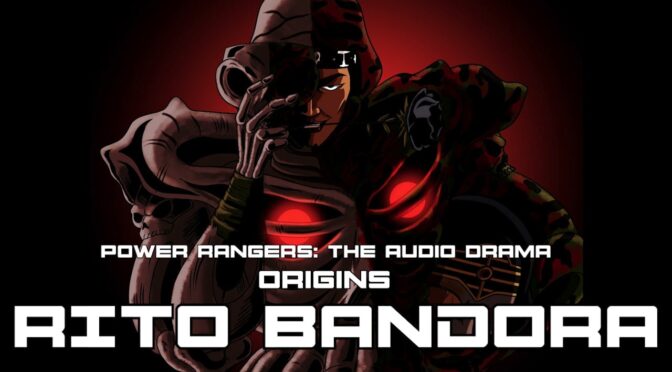
I hesitate to make these public, because I know my readers (and friends) will hold me accountable. That’s some serious pressure. But perhaps I not only need that, I need to let all of you know what I hope to accomplish for the next decade.
I’ve started a lot of series and books that I have yet to finish. My goal is to complete those. To that end, here’s what you can expect from me:
- Two sequels to Destroyer, making it a trilogy. Working titles: Apollyon: Body and Soul and Apollyon: Haunted Legacy. These are being written by only me, but I am getting input from my co-authors on the first book.
- A sequel and “midquel” for Pandora’s Box. I started the sequel, which has the working title of Hope’s War, several years ago and need to finish it. I also have an idea for a “midquel” (i.e. it takes place during the first book) that is from Overlord Erebus’ perspective. It’ll be something of an origin story for him. He was only in a few chapters, so I figured he should have a chance to shine.
- Books 2-5 of The (Mis)Adventures of George Francis. As in, sequels to Ninjas and Talking Trees. I’ve been sitting on ideas for more of these books for a long time. I even led with Ninjas being labeled “book 1.” It’s time to make good on that promise. As part of that, I’ll be revising book one for republication. It won’t be a George Lucas-level revision, but there are some typos in it that need addressed, and I think some of the humor hasn’t aged as well as I’d like.
- The original urban-fantasy romance novel I started as a creative writing thesis in grad school needs to be finished. It’s sitting at 50 pages. I was hoping to use it to shop around for a literary agent. I don’t know if I will use it for that now or not. Working title: There Sleeps Titania.
After these are done, I will start the epic space opera that’s been brewing in my head for years. As a fan of Star Trek since childhood, I’ve always wanted to write a space opera.
This doesn’t mean I won’t be working on other things along with these, but these are the big ones.
Which of these are you most looking forward to?


